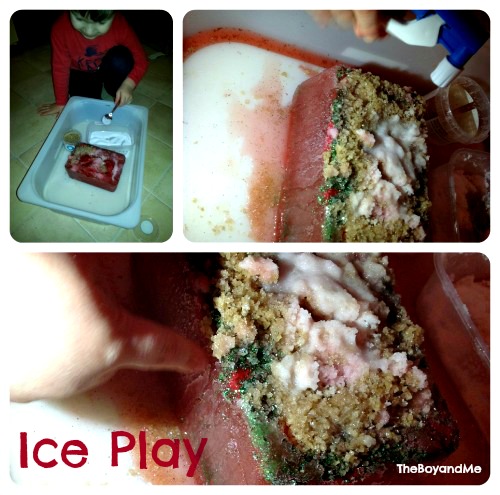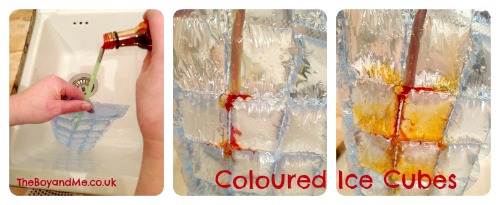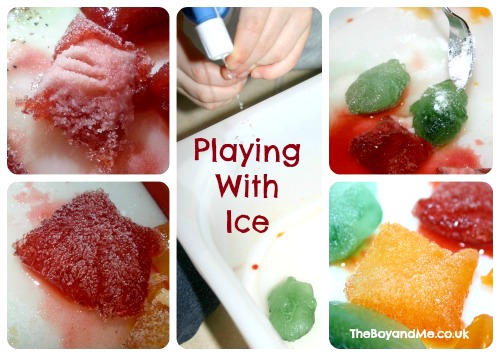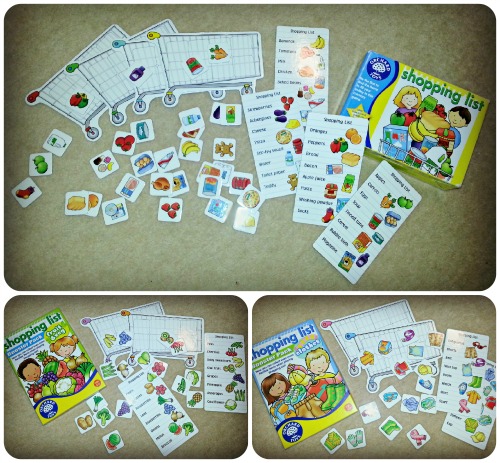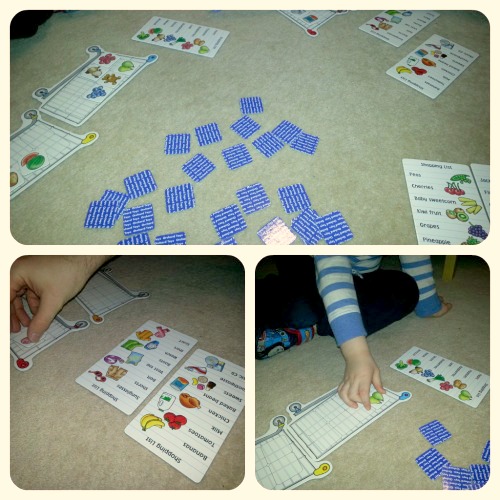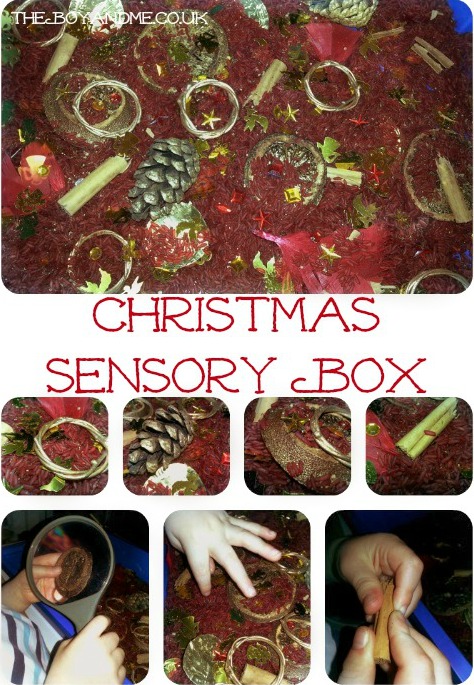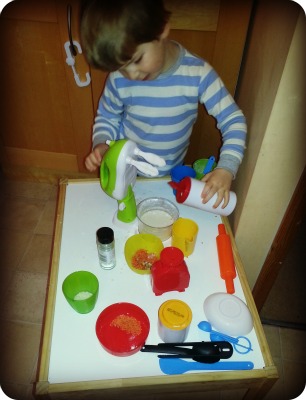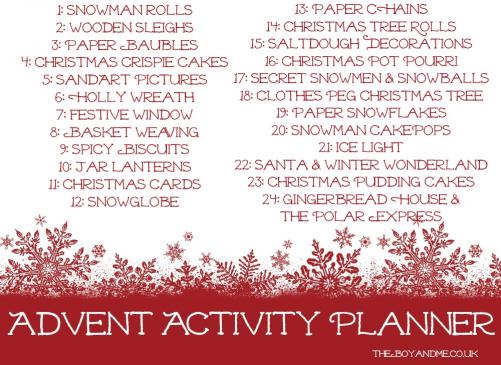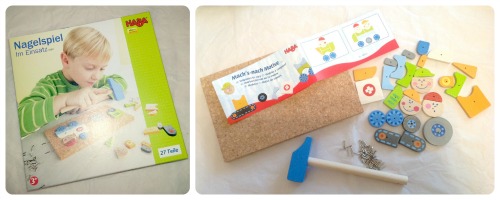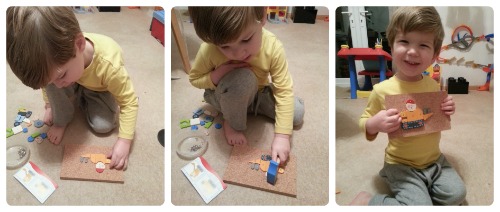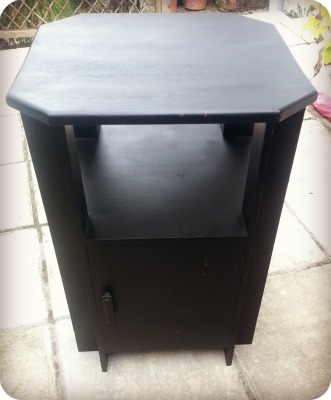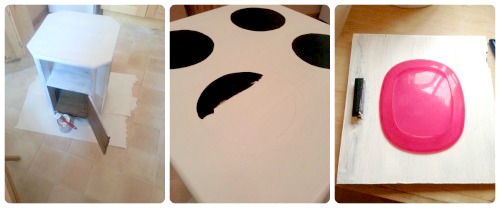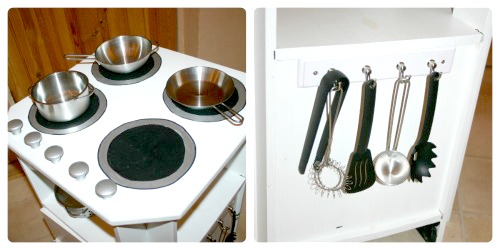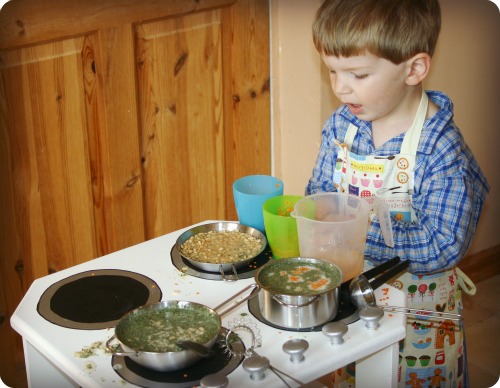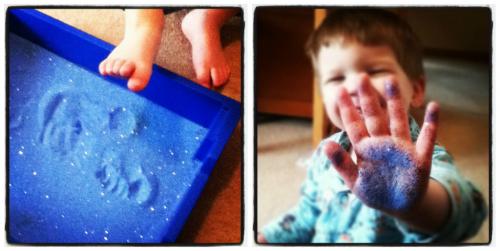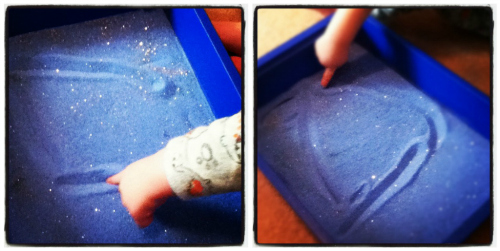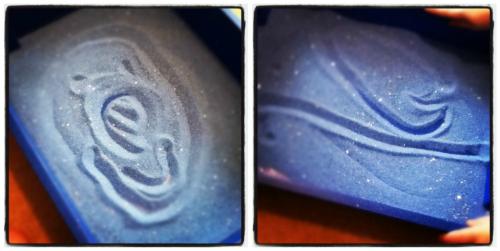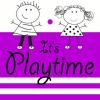I first saw this idea on the marvellous Pinterest, and it originally came from a children's Australian TV Programme.
As far as The Boy was concerned we were about to perform magic, but then what else is Science if not a complete and utter mystery. It is to me anyway! So I posed him a question, showed him the equipment and waited to see what he'd say.
How can we make the coloured water travel from one glass to another, without touching it?
You'll need:
- equal quantities of blue and yellow food colouring (although any two primary colours will work)
- two glasses half-filled with water
- one empty glass
- two sheets of kitchen towel (absorbent but those with thirst pockets might not let it drip out again!)
- two spoons for stirring
- Place the three glasses in a row with the empty one in the middle.
- Pour yellow food colouring into one end glass, and blue into the other end glass. Give them a stir with separate spoons so as not to mix the colours prematurely.
- Fold the kitchen towel strips into quarters, lengthways.
- Place one strip into the yellow food colouring and one into the blue. Fold the free end over into the empty glass in the middle and tuck it down to the side so they aren't touching.
- Wait and watch the results!

The Science Bit:
Kitchen towel is highly absorbent and the coloured water travels up the kitchen towel slowly defying gravity. It happens due to a force called 'capillary action'; a force of attraction between the paper fibres and the water. How does the water actually move up through the paper towel? The water is pulled up into the open spaces between the fibres in the paper, soaking the paper as it absorbs the water. When the weight of the water in the paper is equal to the upward attraction, then the water stops rising. In this case, gravity kicks in and because the kitchen towel is hanging down, the coloured water drips down into the empty glass.
The colour-mixing is basic science: blue and yellow makes green; red and blue would make purple; and yellow and red would make orange.
(In actual fact, The Boy asked what blue and red would make, and is desperate to try it out. I'd have obliged, but I'd bought up all the blue food colouring in our town yesterday with our playdough and preparing this!)
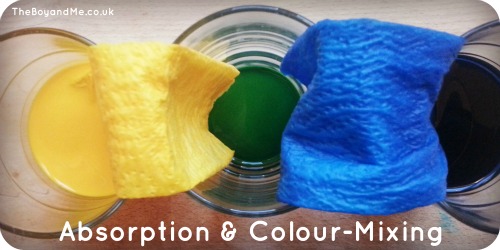
The end result is absolutely fascinating, even Mr. TBaM was enthralled.
—


